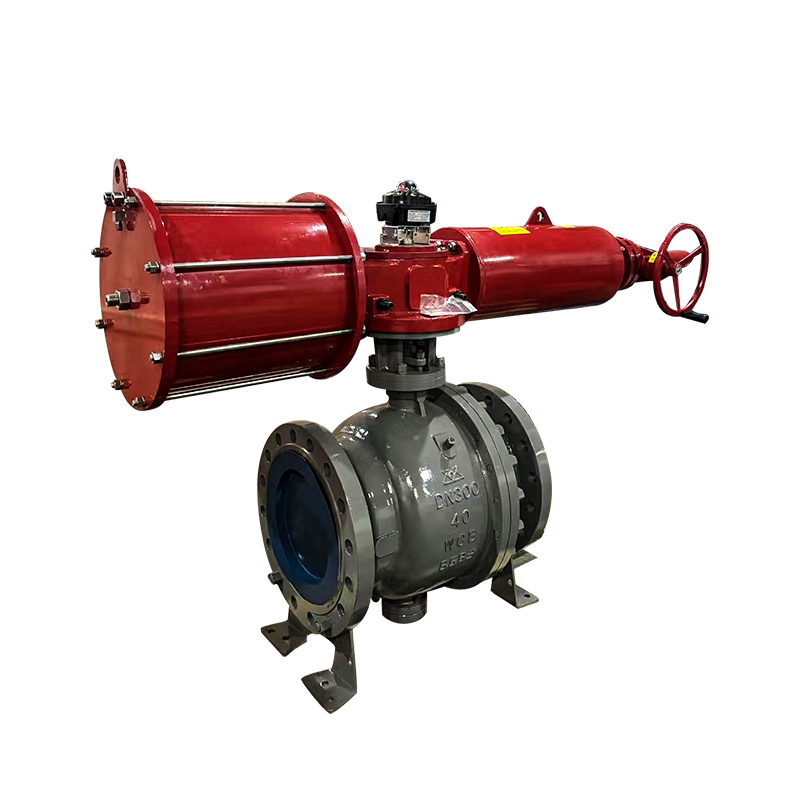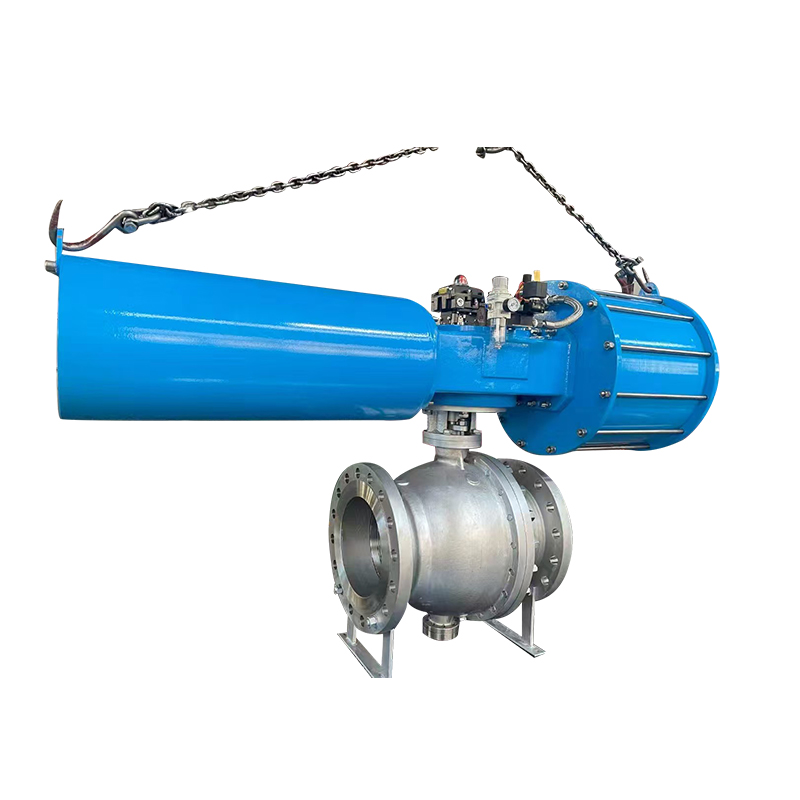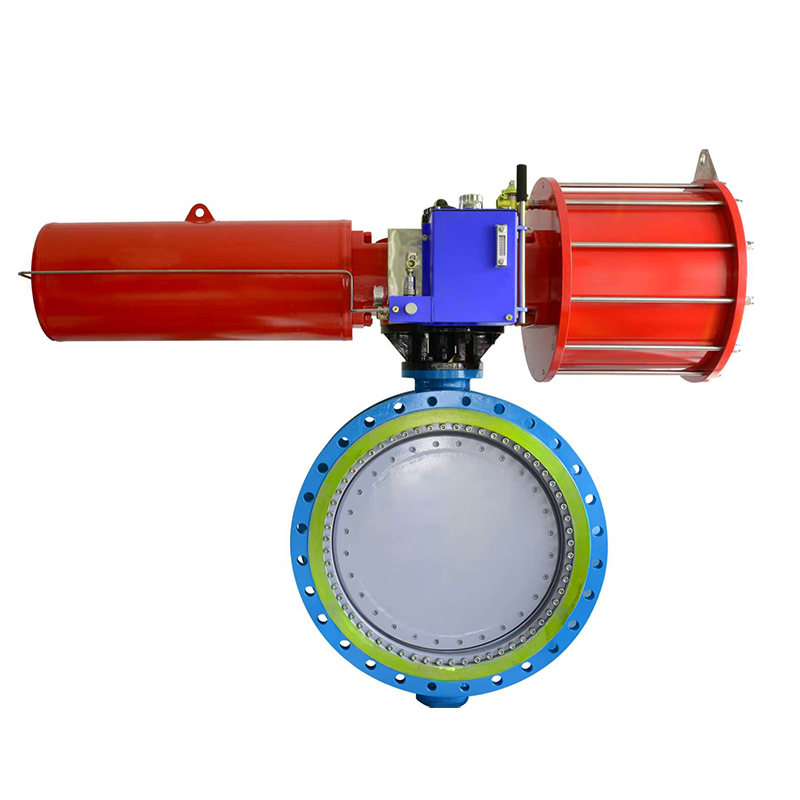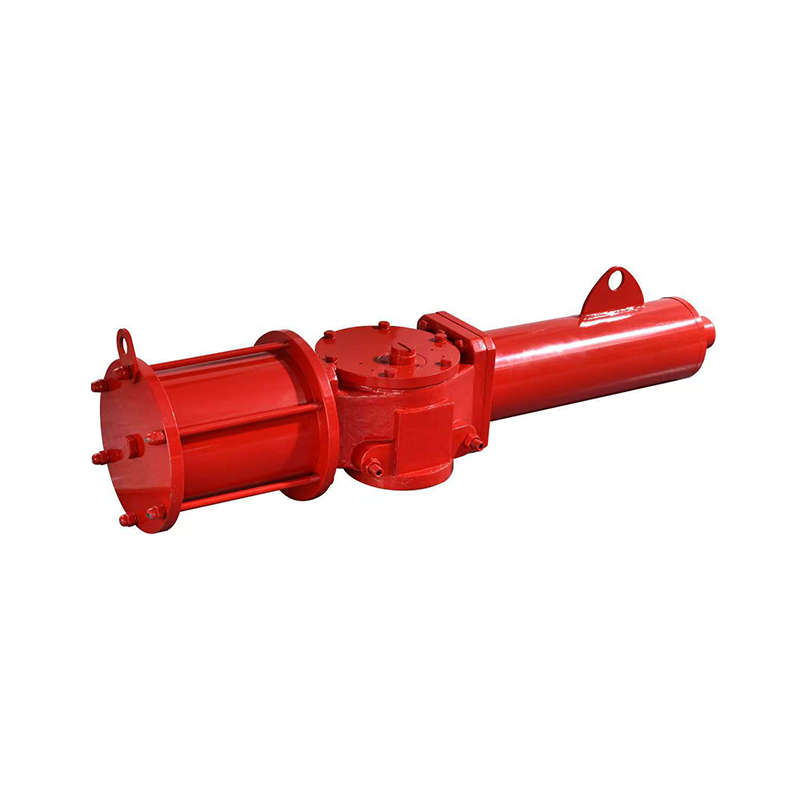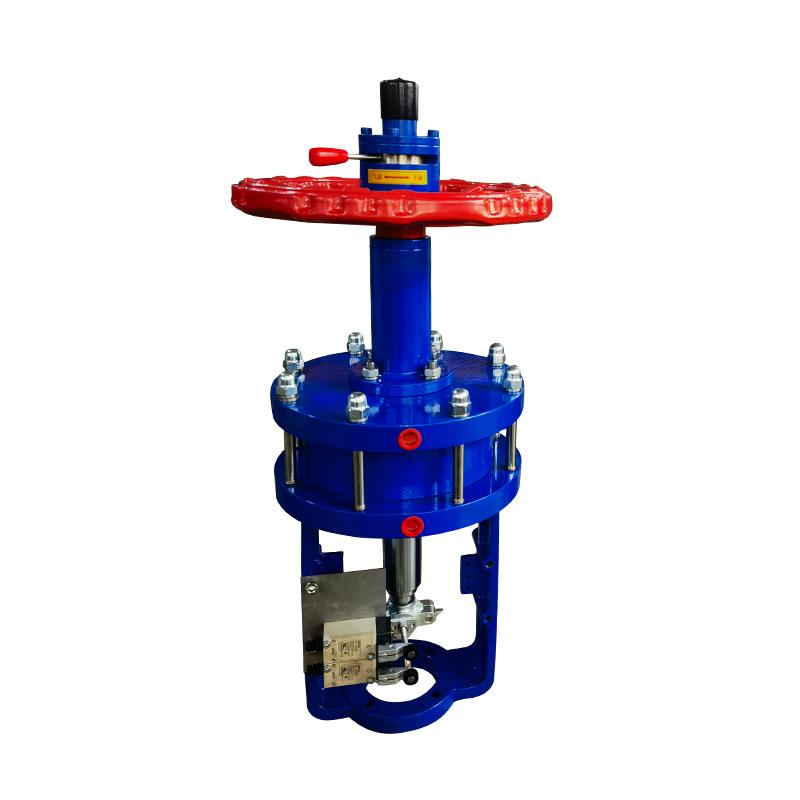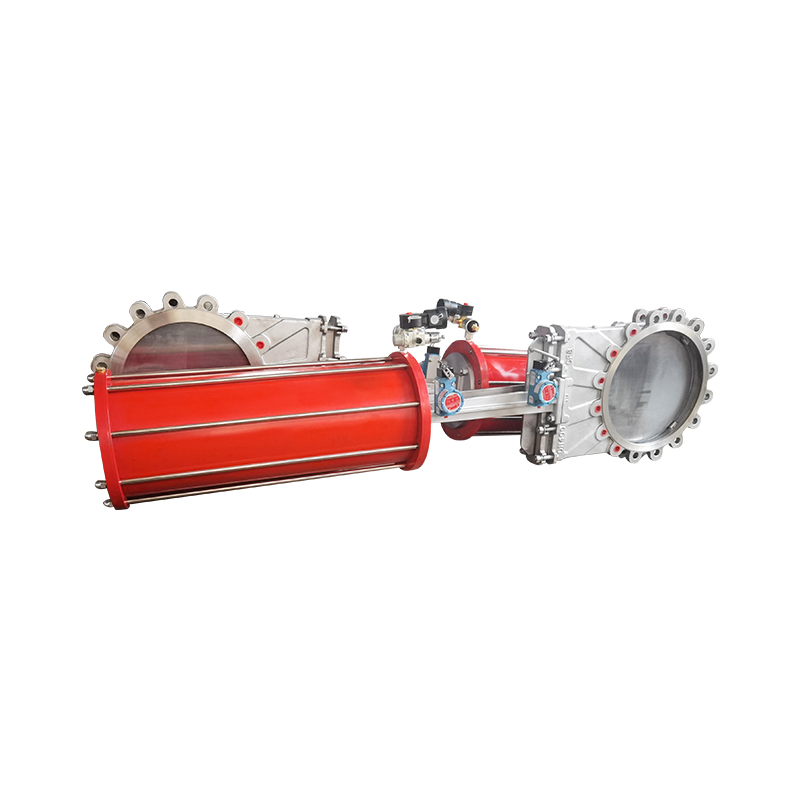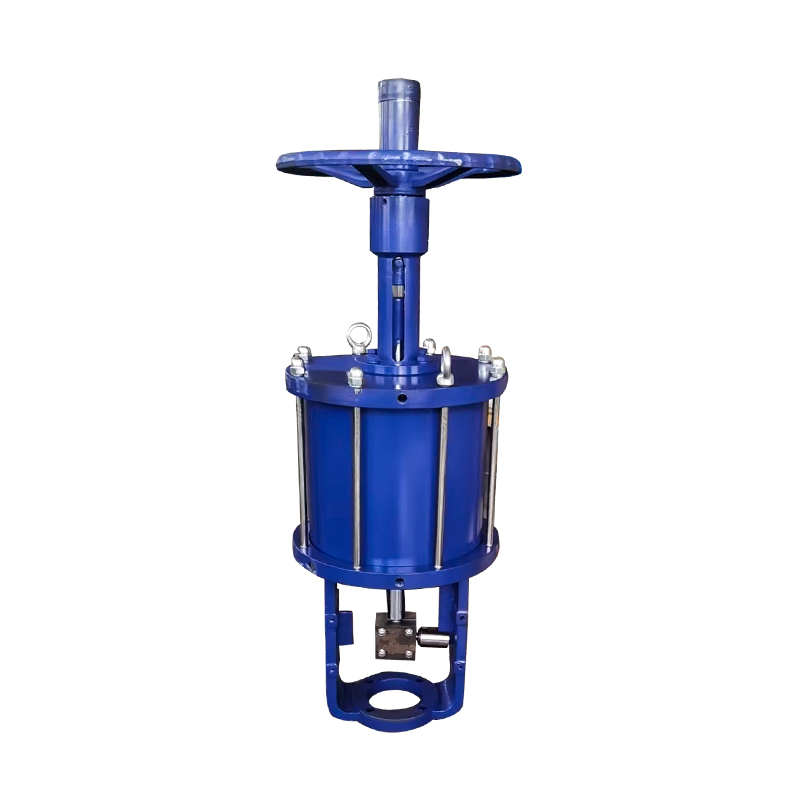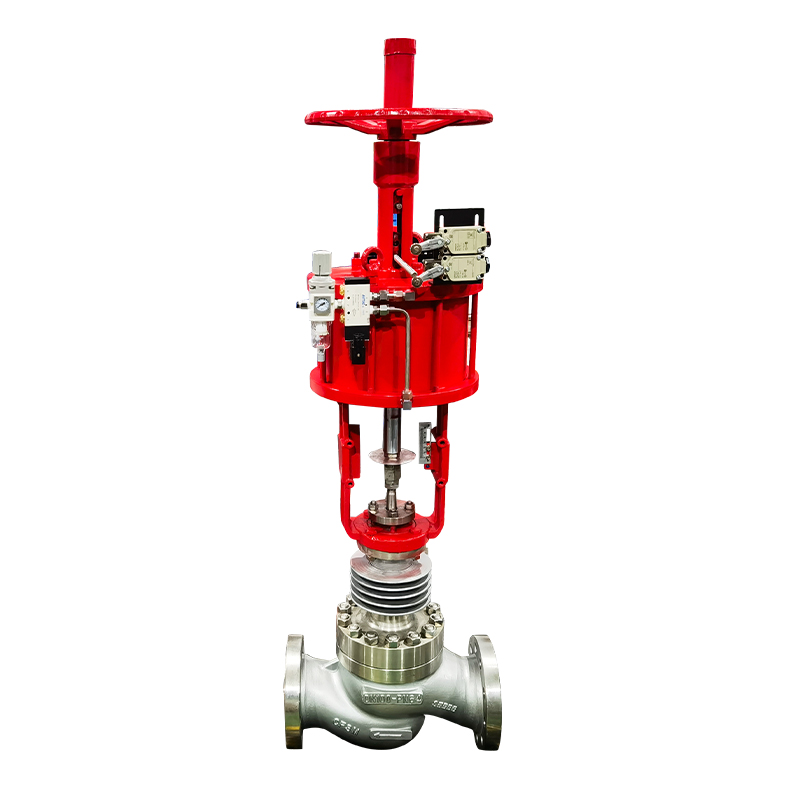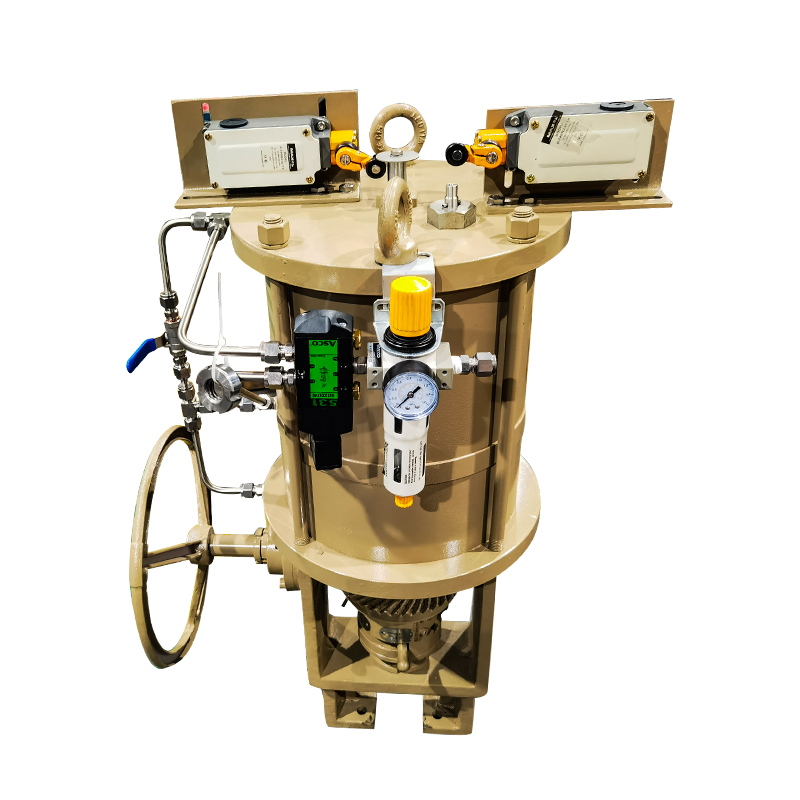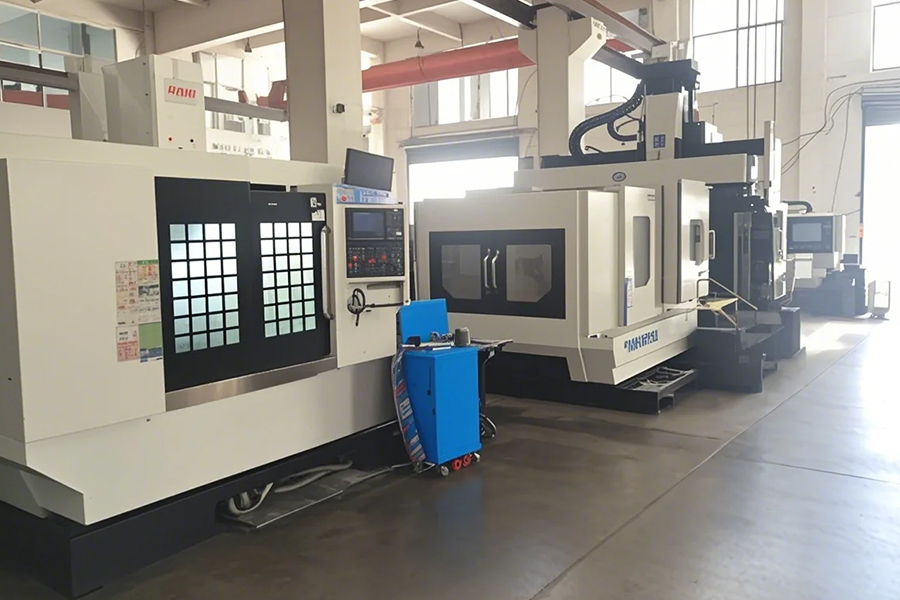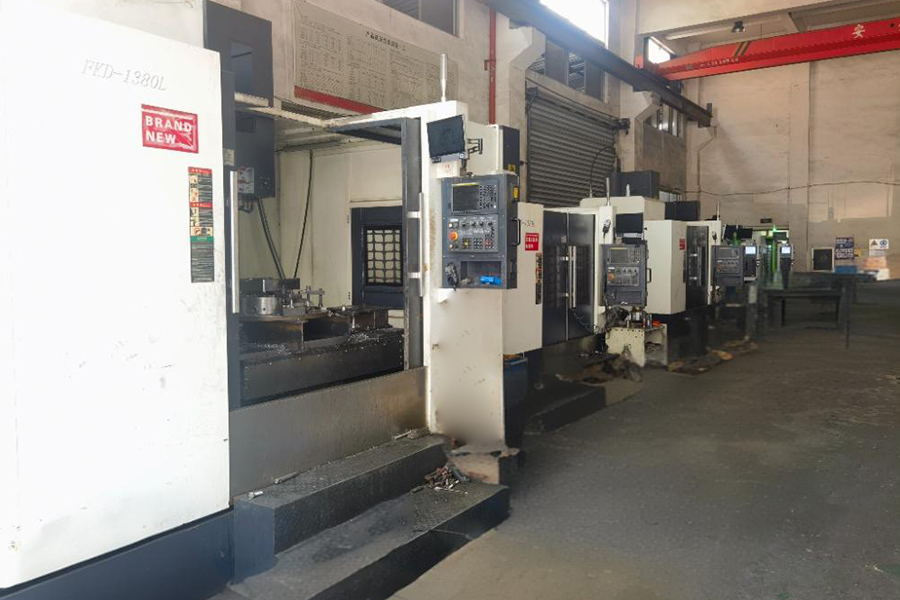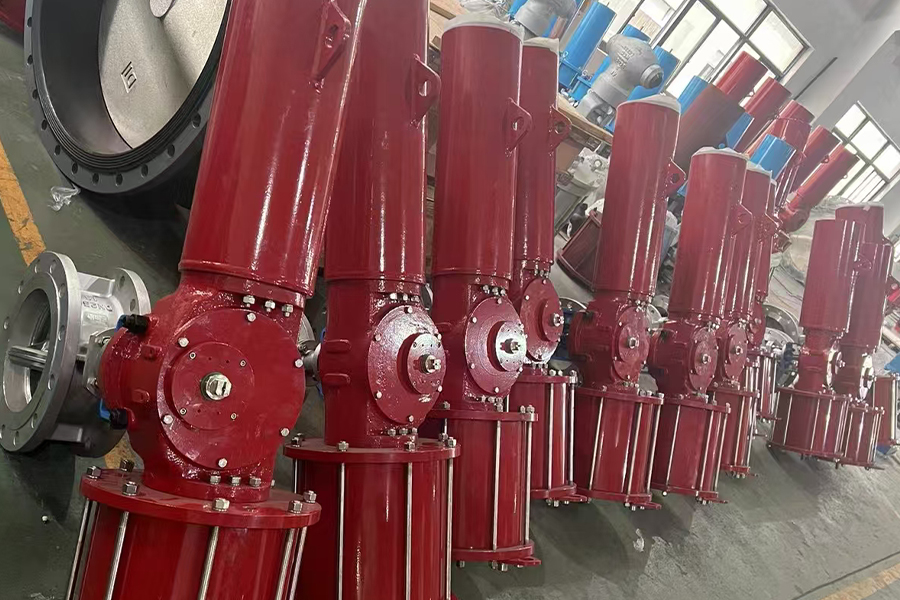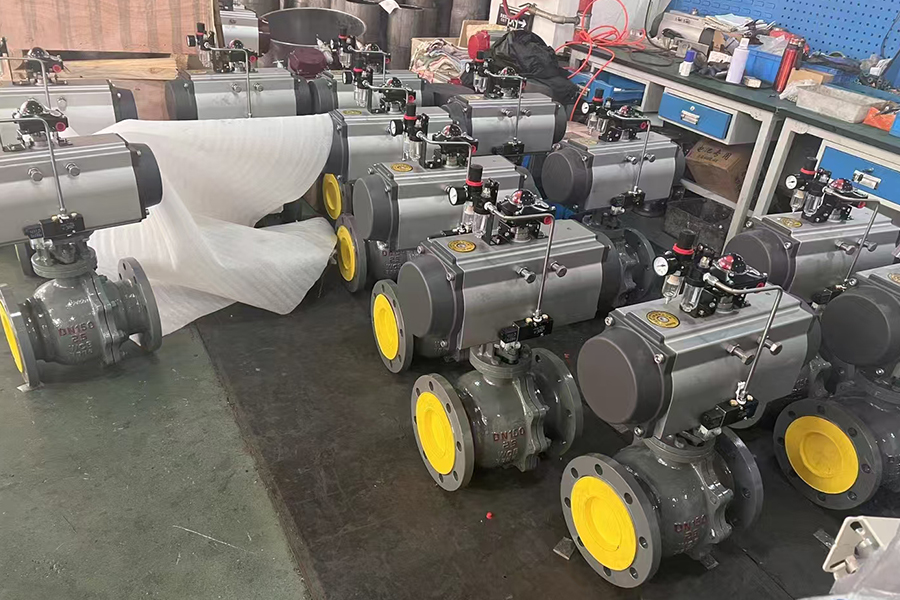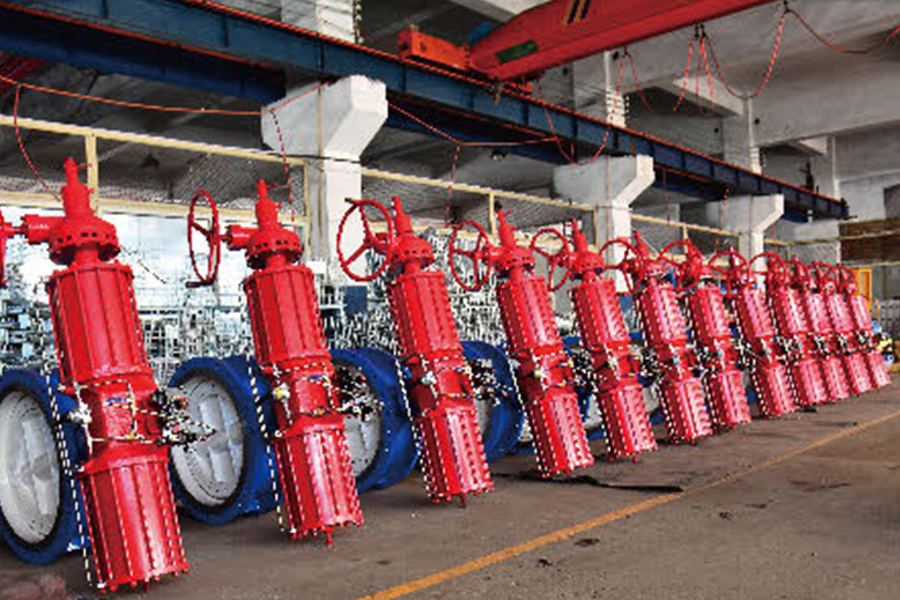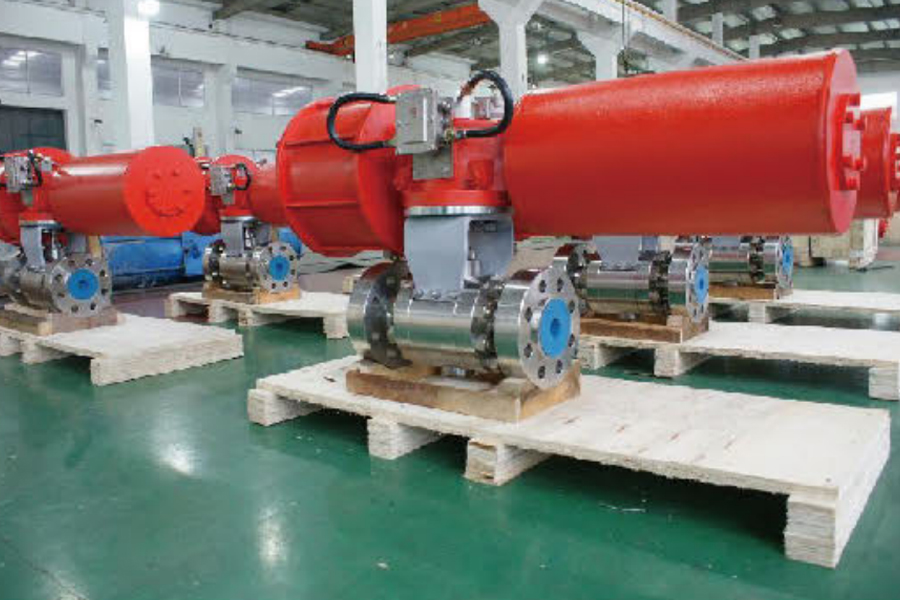Ball valves for compressed air are widely used in industrial systems where the control and regulation of air flow is essential. These valves are particularly effective due to their ability to provide quick, reliable, and precise flow control. Their design features a spherical ball with a hole in the middle, which rotates to either allow or block the flow of compressed air. When the ball valve is in the open position, air can pass through freely, while closing the valve restricts or halts the flow.
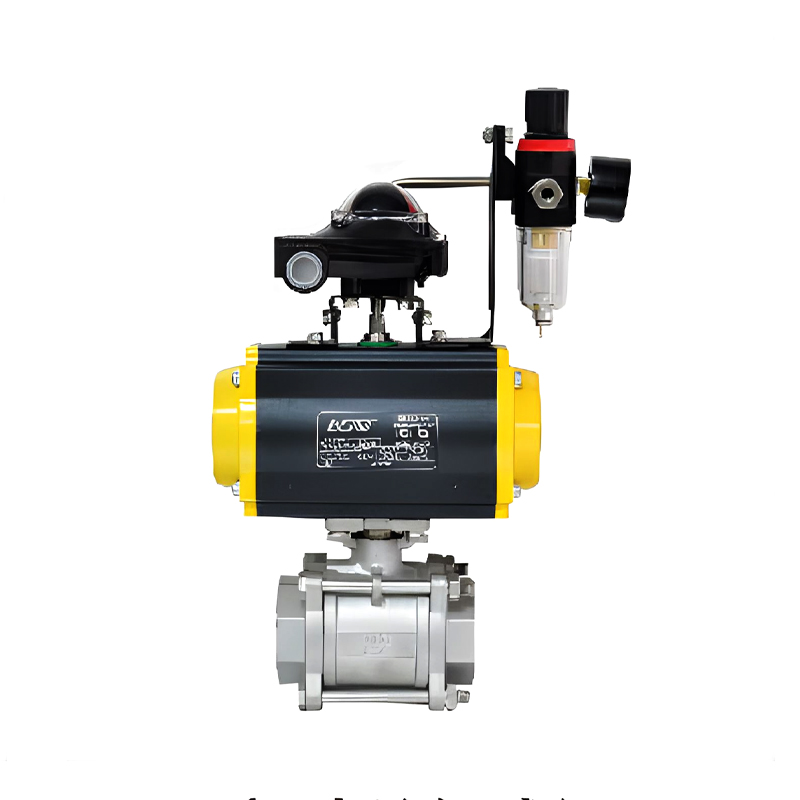
One of the primary advantages of ball valves for compressed air is their efficiency. Unlike other types of valves, ball valves have a low-pressure drop, meaning they do not significantly restrict the flow of compressed air. This ensures that air systems remain efficient, reducing the energy loss that might occur in more restrictive valve types. Additionally, ball valves are known for their quick response time, making them ideal for applications where rapid air flow control is required.
In terms of maintenance, ball valves are relatively simple and easy to maintain. Their durable construction, typically made from brass, stainless steel, or carbon steel, ensures a long lifespan. Regular inspection and cleaning can help prevent build-up or blockages in the valve, which can affect performance. Moreover, the compact design of ball valves for compressed air makes them ideal for space-limited systems.
A pneumatic piston actuator is a type of actuator that utilizes compressed air to create mechanical motion. This motion can be linear or rotary, depending on the type of actuator. Pneumatic piston actuators are commonly used in various applications, including automated manufacturing, fluid control systems, and robotics, owing to their simplicity, speed, and power.
The design of a pneumatic piston actuator consists of a cylinder, piston, and rod. When compressed air is introduced into the cylinder, it pushes the piston, which in turn moves the rod. The movement generated can be used to perform a variety of tasks, such as opening and closing valves, lifting or pushing components, or even controlling machinery. The force generated by the pneumatic piston is directly proportional to the pressure of the air being supplied, allowing for significant power output in a compact form.
One of the key advantages of pneumatic piston actuators is their reliability. Pneumatic systems are known for their durability and long lifespan. They are relatively simple to operate and require less maintenance compared to other types of actuators, such as electric or hydraulic actuators. Additionally, pneumatic actuators are ideal for environments where precise control of speed and force is necessary, as they offer smooth, consistent motion with quick response times.
An inline linear actuator is a mechanical device that converts rotational motion into linear motion. These actuators are commonly used in various industries for applications that require straight-line movement, such as in automated systems, robotic arms, and valve actuation. The "inline" term refers to the actuator's design, where the motor and gear system are aligned along the same axis, making it more compact and efficient.
The core mechanism of an inline linear actuator involves a motor that drives a gearbox, which in turn moves a screw or rack to produce linear motion. These actuators are available in both electric and pneumatic versions, depending on the power source required by the application. The linear motion generated by the actuator can be used for various tasks, such as adjusting the position of machinery parts, controlling valve positions, or moving components along a track.
The primary benefit of using an inline linear actuator is its space efficiency. Due to their compact design, inline actuators can be integrated into systems with limited space, making them ideal for applications where space optimization is important. Additionally, inline linear actuators are known for their smooth operation and precise control, making them suitable for delicate and high-precision tasks.








